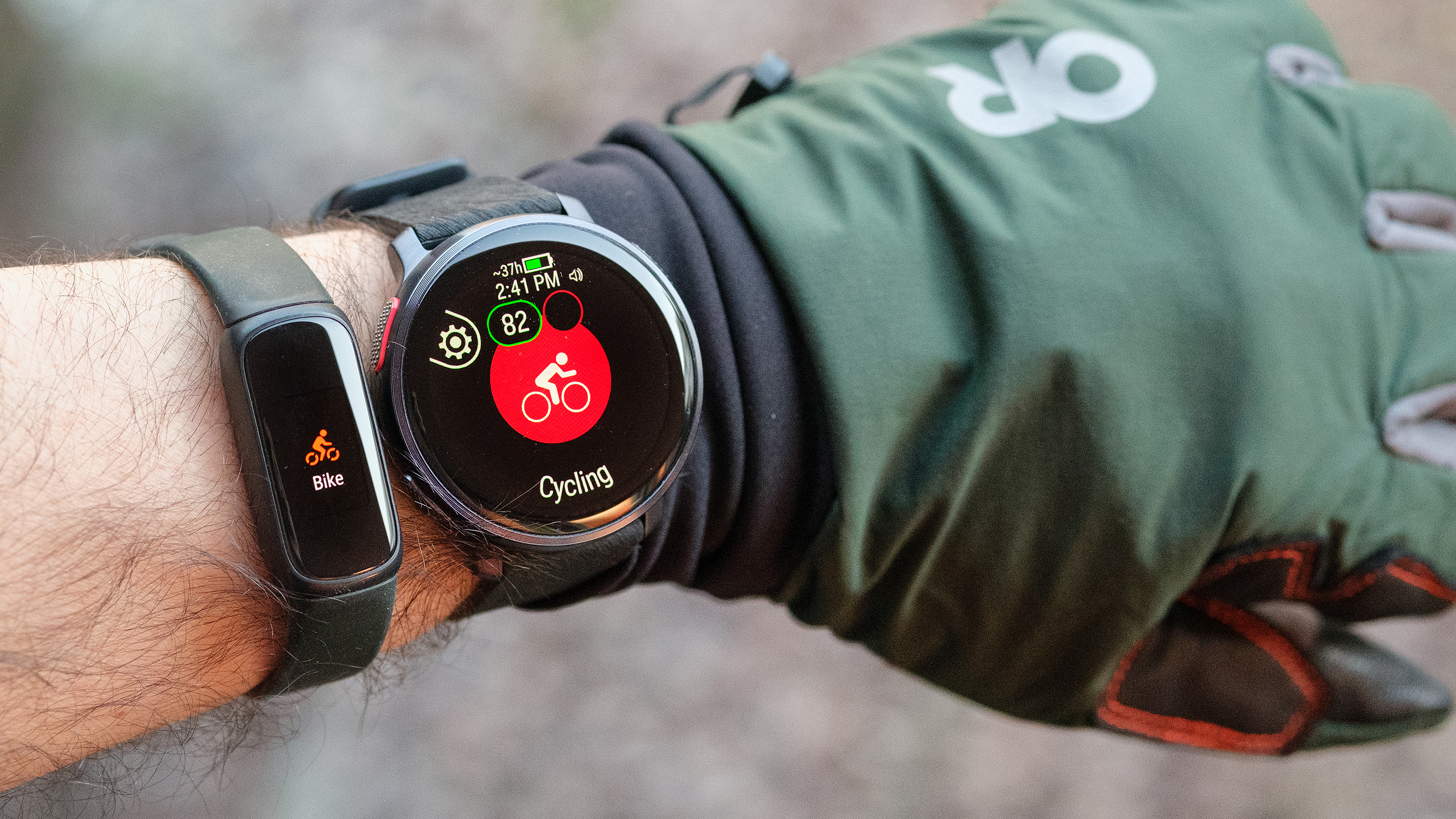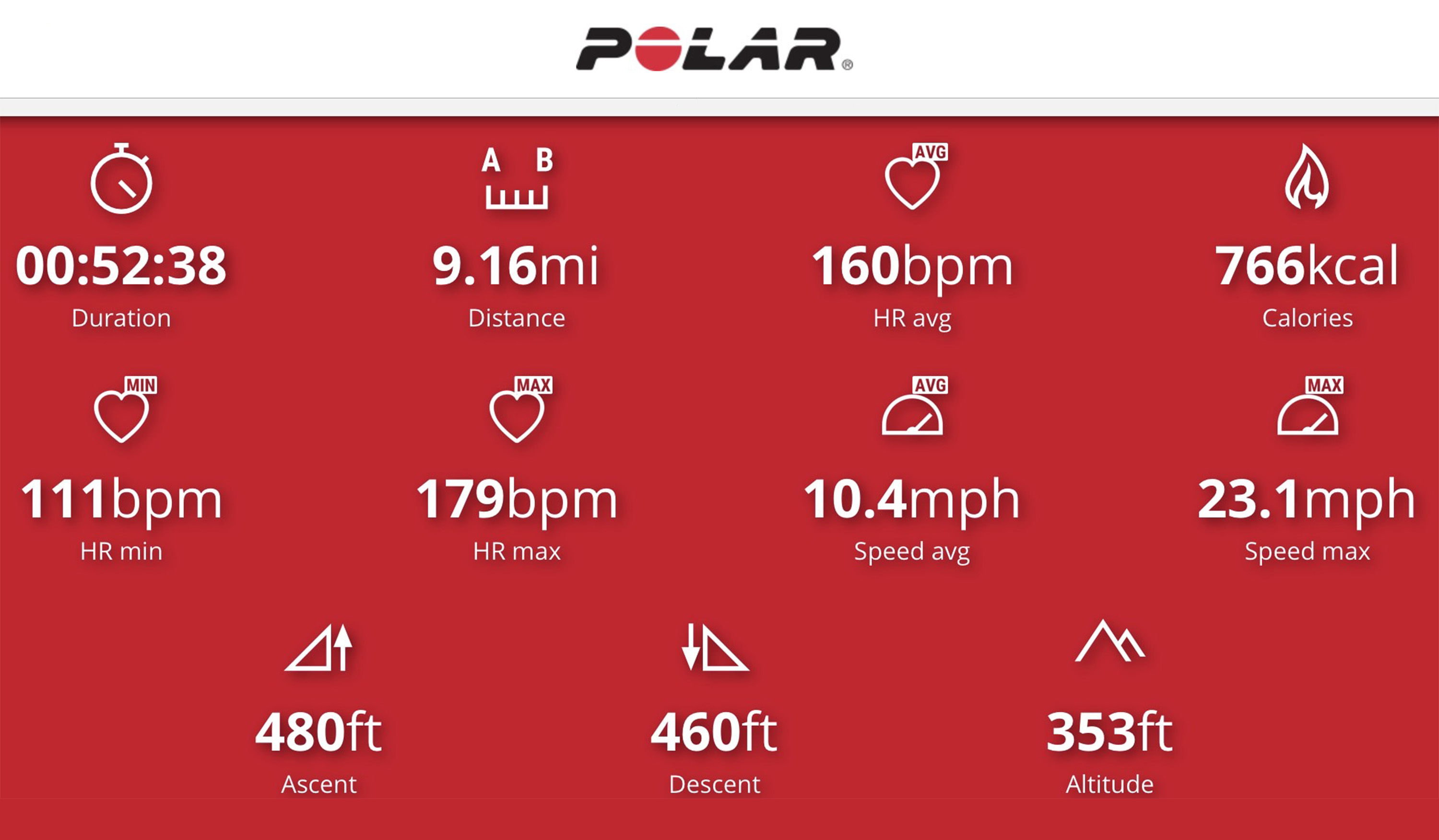
As an avid city cyclist, I’ve lately been asking myself, “What’s the best fitness tracker for analyzing my bike rides?” To find out, I grabbed the two devices nearest to me on my desk and suited up for a chilly December ride.
Those two devices happened to be the Fitbit Inspire 3 — a small and budget-friendly model aimed at casual users — and the Polar Vantage V3, a more advanced fitness watch geared toward hardcore athletes. More importantly, the Fitbit costs ~$100, while the Polar is closer to $600.
Despite the Fitbit’s underdog status, I had faith it could hold its own. After all, the device has proven itself a worthy opponent in past battles with pricier models, like the time it beat the Apple Watch 8 in a 6,000-step accuracy showdown.
Inspire 3 vs. Vantage V3: Stats cyclists care about
Cyclists want similar post-workout stats to runners and hikers. At the end of my ride, I want to know how far I went, how much time I actually spent riding (as opposed to waiting at red lights), my maximum and average speeds, my elevation gain, max and average heart rates and calories burned. Oh, and a map of my route is also a nice touch.
It’s worth noting that while both of these devices have a mode that tracks bike rides, only the Polar has an onboard GPS — the Fitbit piggybacks off of a smartphone's connection. How does this impact our head-to-head test? Read on.
Inspire 3 vs. Vantage V3: Performance
Based in Seattle, Washington, my 9.3-ish mile ride involved roughly 450 feet of elevation gain and took me across no fewer than two drawbridges and past Amazon’s corporate headquarters, an old Ford Model T factory, a busy seaplane airport and plenty of gorgeous city and mountain views. (Okay, it was a little overcast, so I didn't see too much).
For this test, I also ran Strava on my smartphone, as I have in previous head-to-head tests, for an additional point of comparison. With a tracker on each wrist, my Lumos helmet (one of the best bike helmets of 2023) strapped snuggly to my head and my bike lights powered up, I peddled out.
I was initially disappointed with the amount of post-ride data provided by the Inspire 3. However, when combined with Strava data, you get a similar level of analysis to the Polar Vantage V3, just not all in one place. That said, the Fitbit data can easily be synced with Strava recordings.
More importantly, across the board, between the two devices and Strava, there isn’t too much discrepancy in the health and fitness data recorded, which shows that all of these tracking methods are pretty darn accurate.
Strava did record a shorter ride time, though. And I suspect that 48 minutes and 24 seconds is much closer to the amount of time I truthfully spent moving on the bike. How do I know this? I also ran a timer for my ride separately, which logged my total workout time at just around 53 minutes.
Inspire 3 vs. Vantage V3: Verdict

Ultimately, the Polar Vantage V3 wins this showdown. It accurately captured and shared all the ride information I care about in one easy-to-digest report.
The Fitbit Inspire 3 was also accurate, but getting a complete picture of my bike ride requires running a secondary app (Strava), followed by syncing the two datasets. This is not hard, but also not ideal.
Catch me rocking the V3 on future bike rides.







